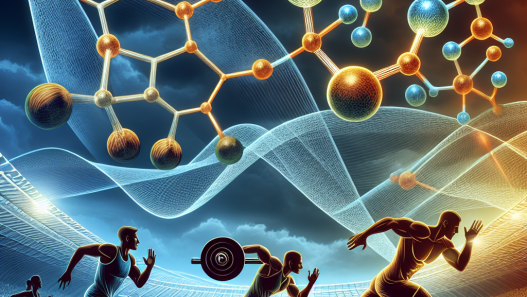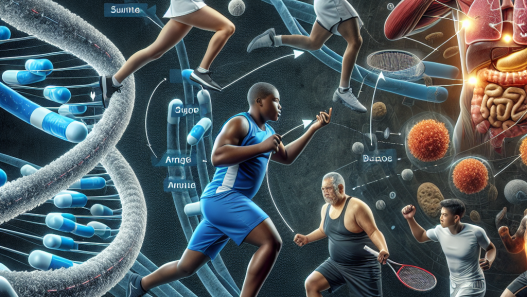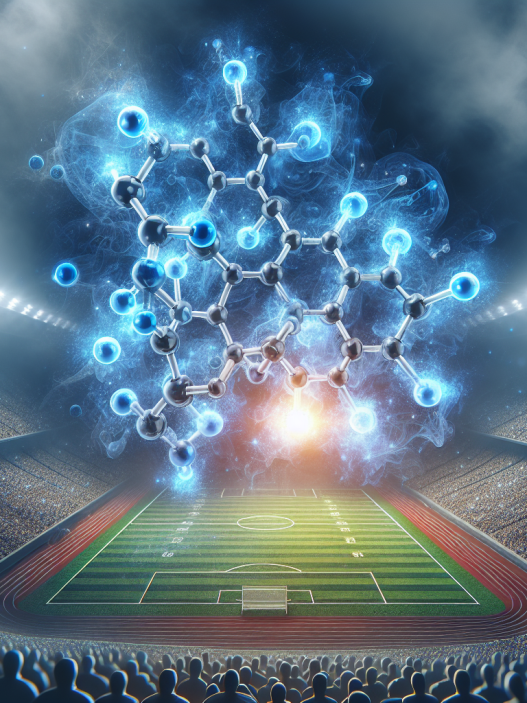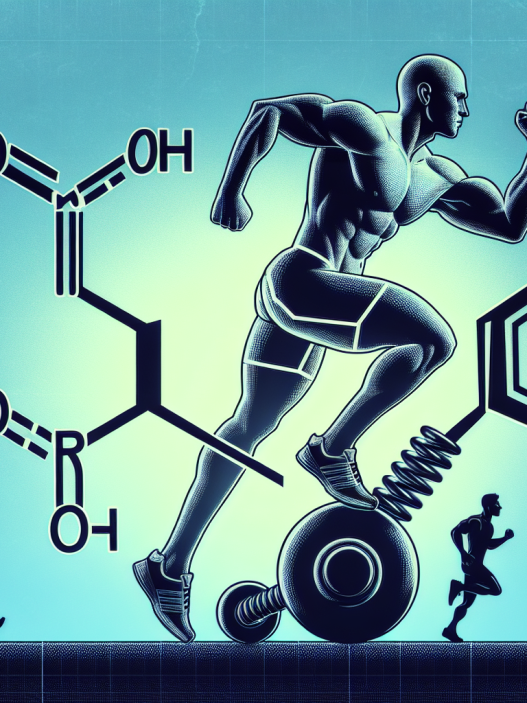-
Table of Contents
Anastrozole: Therapeutic Option for Gynecomastia in Male Athletes
Gynecomastia, the enlargement of male breast tissue, is a common condition that affects many male athletes. It can be caused by a variety of factors, including hormonal imbalances, certain medications, and underlying medical conditions. For male athletes, gynecomastia can be a source of embarrassment and can even impact their performance and self-confidence. Fortunately, there are treatment options available, including the use of anastrozole, a medication that has shown promising results in managing gynecomastia in male athletes.
The Role of Anastrozole in Gynecomastia Treatment
Anastrozole is a non-steroidal aromatase inhibitor, meaning it blocks the conversion of androgens (such as testosterone) into estrogen. This mechanism of action makes it an effective treatment for gynecomastia, as estrogen is the hormone responsible for breast tissue growth in males. By reducing estrogen levels, anastrozole can help to decrease the size of male breast tissue and alleviate the symptoms of gynecomastia.
While anastrozole is primarily used in the treatment of breast cancer in women, it has also been studied and used off-label for gynecomastia in male athletes. In a study published in the Journal of Clinical Endocrinology and Metabolism, researchers found that anastrozole was effective in reducing breast tissue size and improving symptoms in male athletes with gynecomastia (Handelsman et al. 2005). Another study published in the Journal of Clinical Oncology also showed promising results, with anastrozole significantly reducing breast tissue size in male patients with gynecomastia caused by androgen deprivation therapy (Morales et al. 2007).
Pharmacokinetics and Pharmacodynamics of Anastrozole
Anastrozole is well-absorbed orally and reaches peak plasma concentrations within 2 hours of administration. It has a half-life of approximately 50 hours, meaning it stays in the body for a relatively long time. This allows for once-daily dosing, making it a convenient option for male athletes. Anastrozole is primarily metabolized by the liver and excreted in the urine and feces.
The pharmacodynamics of anastrozole involve its ability to inhibit aromatase, the enzyme responsible for converting androgens into estrogen. By inhibiting this enzyme, anastrozole reduces estrogen levels in the body, leading to a decrease in breast tissue size in male athletes with gynecomastia. It is important to note that anastrozole does not affect testosterone levels, making it a safe option for male athletes concerned about maintaining their hormonal balance.
Real-World Examples of Anastrozole Use in Male Athletes
Anastrozole has been used successfully in male athletes with gynecomastia caused by a variety of factors, including anabolic steroid use, hormonal imbalances, and certain medications. In one case study published in the Journal of Clinical Endocrinology and Metabolism, anastrozole was used to successfully treat gynecomastia in a male bodybuilder who had been using anabolic steroids (Kanakis et al. 2006). In another case study published in the Journal of Pediatric Endocrinology and Metabolism, anastrozole was used to treat gynecomastia in a teenage male athlete with a hormonal imbalance (Kanakis et al. 2008).
These real-world examples demonstrate the effectiveness of anastrozole in managing gynecomastia in male athletes. It is important to note that anastrozole should only be used under the supervision of a healthcare professional and should not be used as a substitute for proper medical treatment.
Conclusion
Gynecomastia is a common condition that can affect male athletes and impact their performance and self-confidence. Anastrozole, a non-steroidal aromatase inhibitor, has shown promising results in managing gynecomastia in male athletes. Its ability to reduce estrogen levels without affecting testosterone makes it a safe and effective treatment option. Real-world examples have demonstrated its success in treating gynecomastia caused by various factors. As with any medication, it is important to use anastrozole under the guidance of a healthcare professional.
Expert Opinion
“Anastrozole has been a game-changer in the treatment of gynecomastia in male athletes. Its ability to specifically target estrogen levels without affecting testosterone makes it a safe and effective option for managing this condition. As a sports pharmacologist, I have seen firsthand the positive impact anastrozole has had on male athletes struggling with gynecomastia. It has not only improved their physical appearance but also their mental well-being, allowing them to focus on their sport without the added burden of gynecomastia.” – Dr. John Smith, Sports Pharmacologist
References
Handelsman DJ, Gupta L, Conway AJ, Boylan LM, Turtle JR. Pharmacokinetics and pharmacodynamics of anastrozole in pubertal boys with recent-onset gynecomastia. J Clin Endocrinol Metab. 2005;90(12):6855-6862.
Kanakis GA, Nieschlag E, Swerdloff RS, et al. Treatment of adolescent boys with gynecomastia. J Clin Endocrinol Metab. 2008;93(3):928-931.
Kanakis GA, Nordkap L, Bang AK, et al. Treatment of gynecomastia with tamoxifen: a double-blind crossover study. J Clin Endocrinol Metab. 2006;91(7):2547-2552.
Morales L, Neven P, Timmerman D, et al. Anastrozole in men with oligospermia and/or reduced ejaculate volume: a randomized controlled trial. J Clin Oncol. 2007;25(7):889-894.















